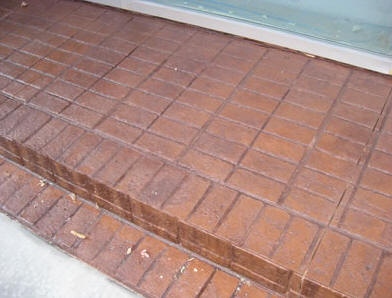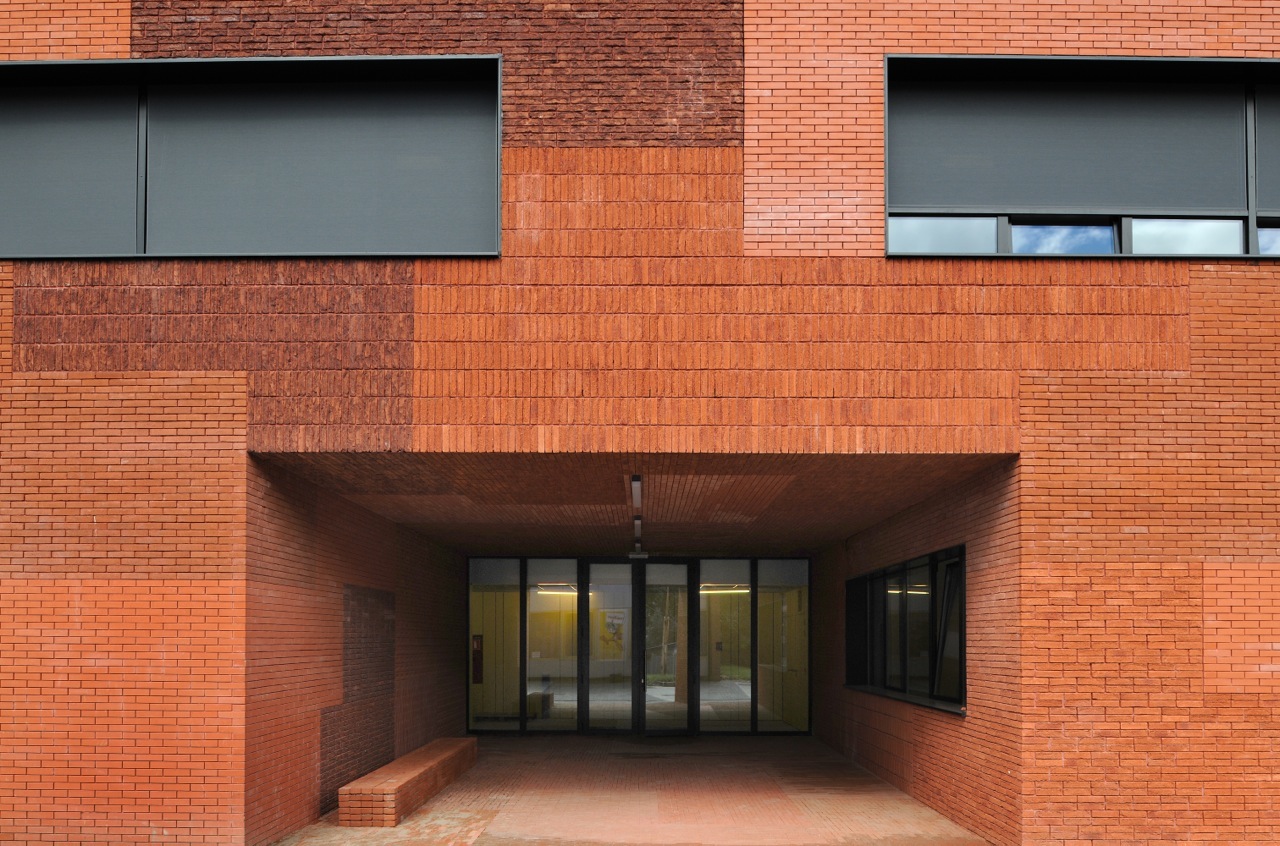

The stack bond is purely a pattern bond, with no overlapping units and all vertical joints aligning. You can use blind headers in courses that are not structural bonding courses. However, the joints between stretchers in all stretcher courses do not align vertically. The headers center over and under the stretchers. The English bond consists of alternating courses of headers and stretchers.

In the English corner, a 2-inch or quarter closure starts the course. In the Dutch corner, a three-quarter closure starts each course. You can start the corners in two different ways.

When headers are not required for structural bonding, you can use bricks called blind headers. The joints between stretchers in all stretcher courses align vertically. The headers in every other course center over and under the stretchers in the courses in between. In the Flemish bond, each course consists of alternating headers and stretchers. In a common bond, use a three-quarter closure at the corner of each header course. In laying out any bond pattern, be sure to start the corners correctly. You can vary the common bond with a Flemish header course. Header courses usually appear at every fifth, sixth, or seventh course, depending on the structural bonding requirements. The common, or American, bond is a variation of the running bond, having a course of full-length headers at regular intervals that provide the structural bond as well as the pattern.
The running bond is used largely in cavity wall construction, brick veneer walls, and facing tile walls made with extra wide stretcher tile. Because the bond has no headers, metal ties usually form the structural bond. The running bond is the simplest of the six patterns, consisting of all stretchers. Figure 8-33 shows the six basic pattern bonds in common use today: running, common or American, Flemish, English, stack, and English cross or Dutch bond. The pattern may result from the structural bond, or may be purely decorative and unrelated to the structural bond. Pattern bond refers to the pattern formed by the masonry units and mortar joints on the face of a wall. Mortar bond refers to the adhesion of the joint mortar to the masonry units or to the reinforcing steel. Using grout to adhere adjacent wythes of masonry. In a stretcher bond, all the bricks are laid as lengthwise stretchers and one of the most common brick bonds and also known as running bonds.Figure 8-33.-Types of masonry bonds. There are the following types of brick bonds as given below To make a mortared wall even more substantial, the bond adds strength to the construction, and keep in mind that the thickness of the mortar is added to the unit size of each brick when using mortar between bricks. Many bond patterns include some method of interlocking each row of brick to the neighboring courses, and the stacks can easily topple if you stack up bricks in single-file columns. Most of the brick bonds require bricks or other masonry units of at least compatible sizes or the same size, and uniform sizing creates a regular, repeatable pattern that can be applied over any size of the area. There are many types of brick bonds with their unique look, challenges of installation, and structural considerations in walls.


 0 kommentar(er)
0 kommentar(er)
